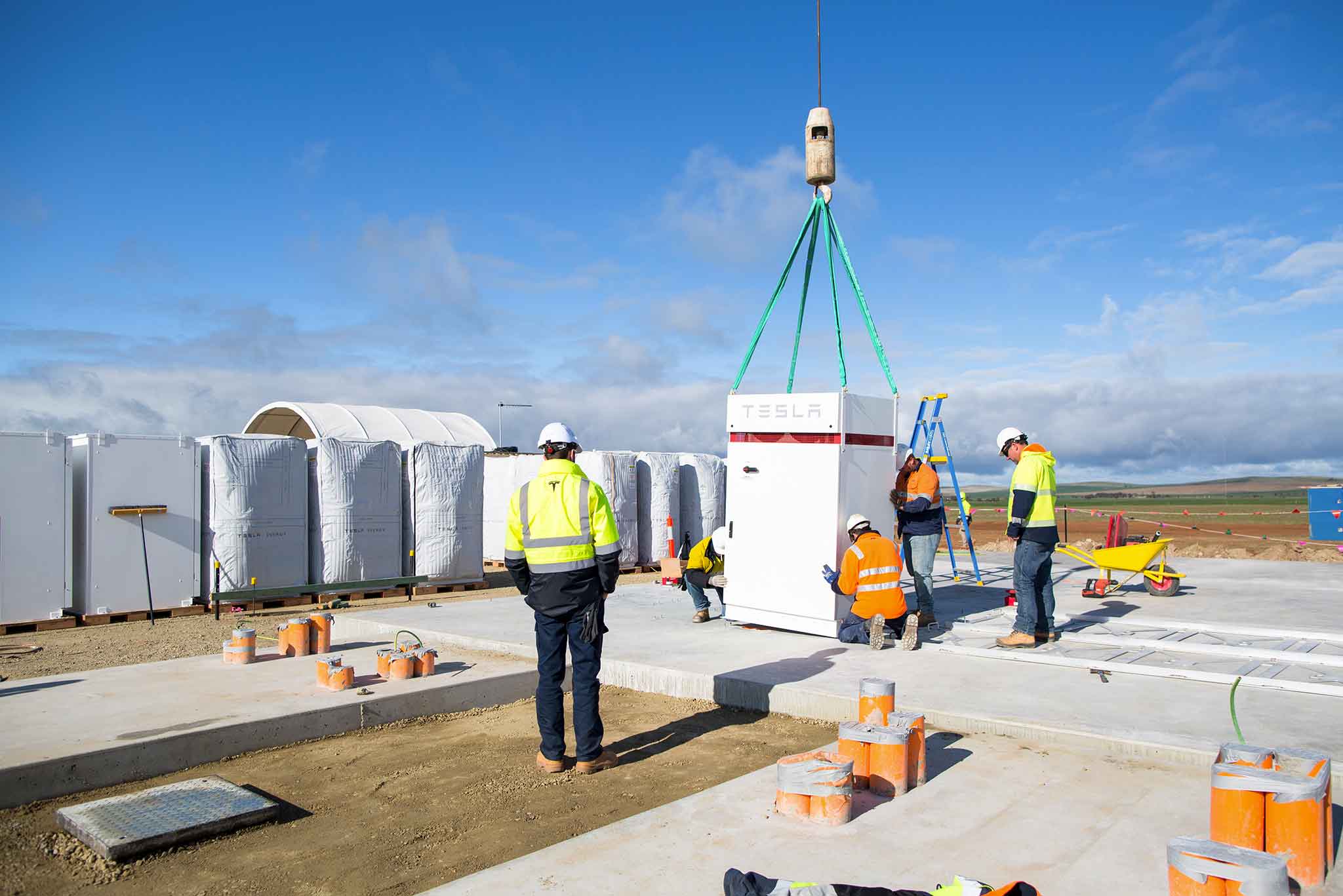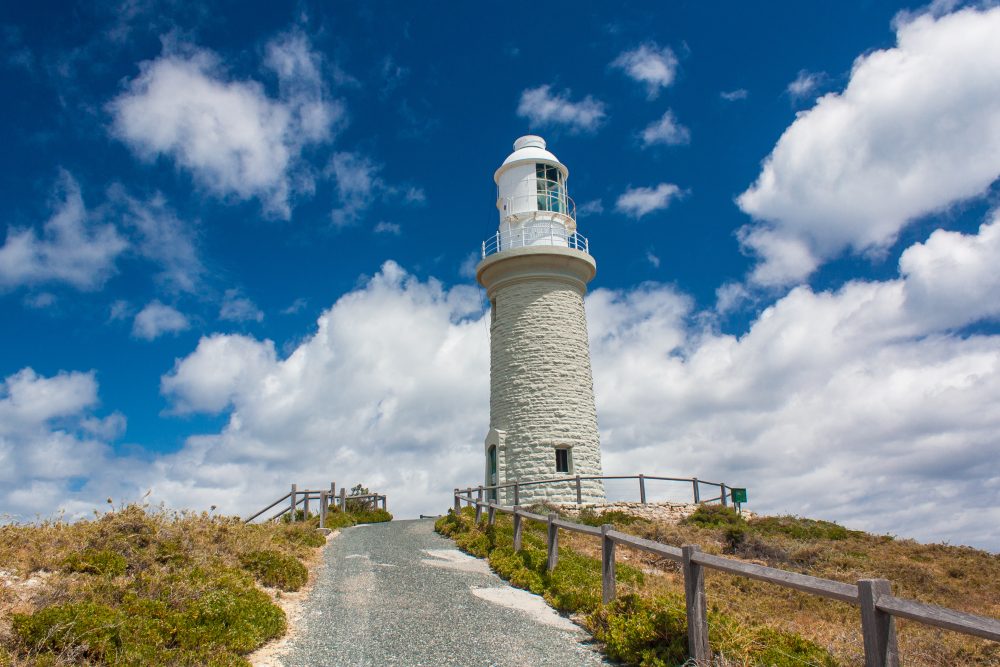Summary
The Rottnest Island Water and Renewable Energy Nexus (WREN) project offers an inspiring example of how innovative deployment of hybrid renewables can increase the power supply security and sustainability of an off-grid island and drive water desalination.
Key results
- Rottnest Island was heavily reliant on diesel fuel to supply its electricity needs.
- Hydro Tasmania/Entura upgraded the Rottnest Island power system with:
- Solar Farm 600 kW DC, 500 kW AC
- Distribution line to solar farm
- Dynamic Resistor
- Diesel and feeder control system replacement
- Hybrid Control system
- Demand Side Management of the Desalination Plant.
- Rottnest Island is now almost 45% powered by renewables, and up to 95% at times of high wind and solar generation
- This means lower costs and less emissions, and a far more secure future for the island’s power and drinking water – which are critical to maintaining tourism.
This project consists of:
Learn more
Need
Rottnest Island is a nature reserve and major tourist attraction about 20 kilometres off the West Australian coast, near Fremantle. This island’s management authority, residents and visitors have long desired a more sustainable way to power its needs, not only for electricity but also for water, while protecting its precious and delicate environmental values.
Previously, the island’s 5 GWh power demand was provided by five conventional diesel engines, two low-load diesel engines and a single 600 kW wind turbine. A large amount of energy was needed to run the desalination plant that produces fresh water for the island.
Innovation
The Rottnest Island Water and Renewable Energy Nexus (WREN) Project introduced 600 kW of solar energy into the existing power system to boost and diversify the renewable energy capacity in the system.
Hydro Tasmania deployed an advanced control system, along with a dynamically controlled resistor, to maximise the contribution of renewable energy. The control system was integrated with the desalination plant and water storage facility to switch on the plant and pumps when renewable generation outpaces demand on the island.
Benefit
The combined contribution of wind and solar generation, working with smart demand-management of the desalination plant, increased the renewable energy contribution to 45%, and operating at times at 95% instantaneous renewable penetration. The hybrid power system has saved approximately 600,000 litres of diesel per year.
Read more about hybrid technologies.







